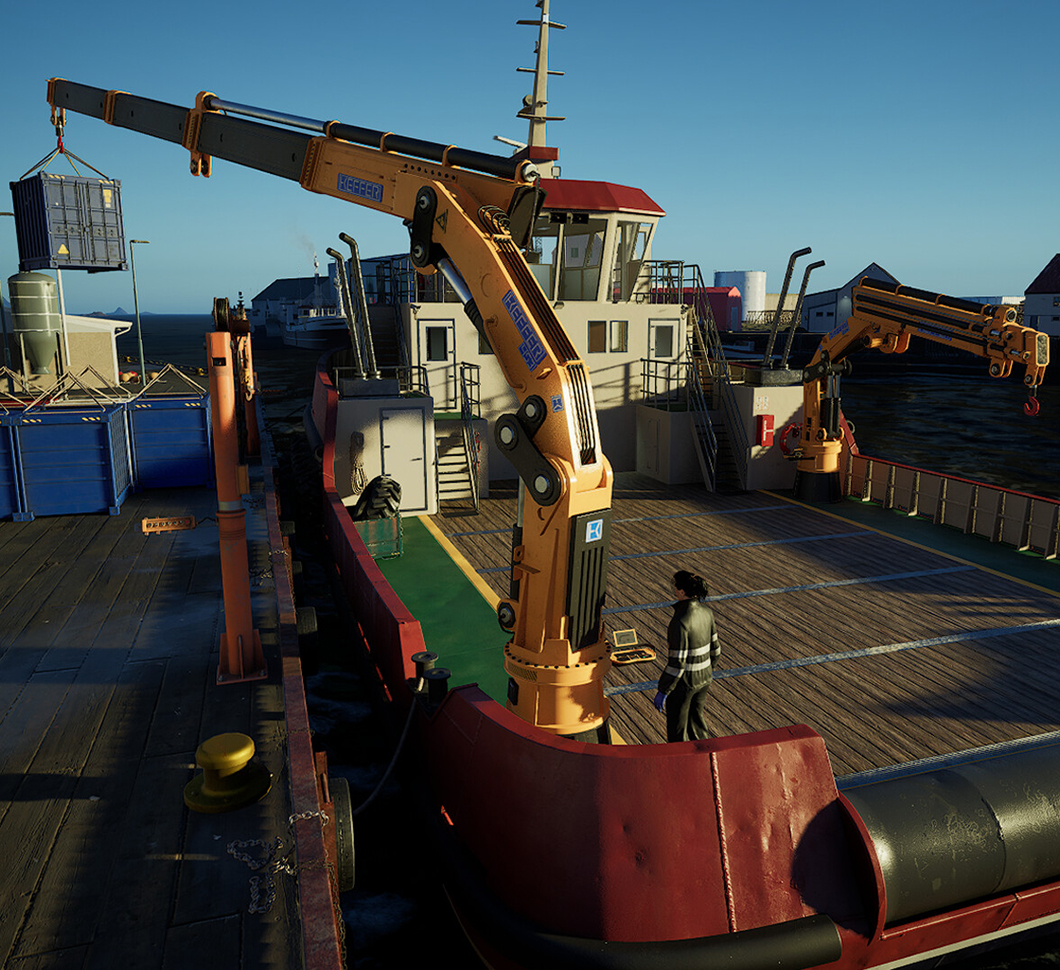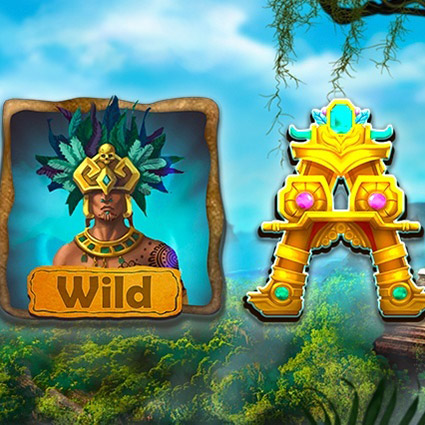The realm of video game development outsourcing services is vast and complex, but it isn't confined to the intricate process of creating the game itself. An equally important component, which often operates in the background but significantly impacts a game's commercial success, is the production of video game trailers.
These brief yet captivating glimpses into the gaming world serve as powerful tools, attracting potential players and igniting their interest. A well-crafted trailer could mean the difference between a blockbuster hit and a forgotten gem, underscoring trailer production's critical role in the gaming industry.
Understanding the Purpose of Video Game Trailers
A deep dive into the purpose of video game trailers unveils their numerous roles in the broader context of game development and marketing. Foremost, they serve as a game's primary marketing tool. A great trailer provides a tantalizing glimpse into the gaming experience that awaits the player. It offers a curated preview of crucial gameplay elements, the game's distinctive features and mechanics, the artistry behind character designs, the emotional depth of the narrative, and the game's overall aesthetic and graphical prowess.
But the influence of trailers extends even further. They are critical in generating excitement, sparking discussions, and cultivating anticipation among the gaming community. A well-received trailer can shape an influential narrative around the game long before its release, encouraging gamers to follow its development, share news and updates, and ultimately, commit to buying and playing the game when it comes out.
The Power of Visual Storytelling
A well-crafted trailer takes viewers on a brief yet immersive journey into the game's universe. It provides a narrative experience that pulls the viewer in, captivating them with potent dialogue or narration, meticulously arranged and visually stunning scenes, powerful music, and tantalizing hints about the game's plot. This narrative experience is more than just a sales pitch. It's designed to stir emotions, evoke curiosity, and, most importantly, create a bond between the game and the potential player.
This bond is often what convinces players to invest in a game. They aren't just buying a product; they're buying the promise of an experience, an emotional journey, an adventure they've tasted through the trailer. This emotional resonance makes a player decide to spend their money, time, and emotional energy on a game.
Marketing and Hype Generation
On the marketing front, trailers generate hype and build anticipation for a game. When a trailer drops, it's designed to make a splash. It quickly circulates on social media platforms, is dissected in gaming forums, and gets featured in gaming news outlets. A well-executed trailer can reach the millions, getting the game in front of many potential players relatively quickly.
This exposure is invaluable in building anticipation for the game. It kick-starts a cycle of discussions, analyses, speculation, and fan theories that keep the game in the spotlight and at the forefront of gaming conversations. This hype can translate into tangible benefits such as early game purchases, sign-ups for beta tests, or even support for crowdfunding campaigns, making it a critical aspect of a game's financial success.
The Main Stages of Video Game Trailer Production
Crafting a video game trailer is not an overnight endeavor but a meticulous and multi-stage process that might require help from game development outsourcing companies. Now, let's contemplate these stages to unravel the magic behind the captivating world of video game trailers.
1. Pre-Production Phase
The pre-production phase is the first and one of the most crucial stages in the trailer production process. This is where the conceptualization and planning occur, setting the foundation for the entire project.
The initial step in pre-production involves researching the game. The production team spends hours playing the game, understanding its mechanics, getting to know the characters, unraveling the plot, and identifying the unique elements that set it apart. This immersive process helps the team comprehensively understand the game, which is critical in creating a trailer that truly represents the game.
The next step is to craft the trailer's message. This isn't just about what the trailer will explicitly communicate but also about the subtext, the underlying theme, the emotional chord it will strike, and the atmosphere it will create. The team of game artists needs to decide the trailer's narrative, which might focus on the game's plot, highlight the gameplay mechanics, or introduce the characters. They must also define the mood of the trailer – whether it will be intense and action-packed, serene and magical, or dark and suspenseful. This decision heavily relies on the game's identity and the intended audience.
Once the message is clearly defined, the team then develops the storyboard. The storyboard serves as the visual roadmap of the trailer. It outlines the sequence of shots, the visual elements to be featured, the dialogue or narration, if any, and the accompanying sound effects or music. Each frame of the storyboard represents a specific shot in the trailer, guiding the production team through the scenes.
Creating the storyboard is a creative process that also demands a strategic mindset. It's not just about creating visually stunning scenes but also about strategically placing elements to create anticipation, surprise, and emotional impact. It's about balancing the narrative and visual spectacle with the ultimate goal of intriguing the viewer and sparking curiosity.
2. Production Phase
As the planning and visualization from the pre-production phase concludes, the production phase kicks off, where the actual content for the trailer starts to take shape. The first task that takes center stage is selecting the right footage.
This process is as much about understanding the game as it is about storytelling. The production team sifts through hours of gameplay, exploring various levels, combat sequences, cut scenes, and more to cherry-pick the moments that best encapsulate the essence of the game. The aim is to spotlight visually striking sequences, exciting gameplay mechanics, emotionally charged moments, or anything else that would serve the trailer's narrative and captivate the audience. This footage becomes the visual backbone of the trailer.
The second significant aspect is the integration of cinematics. Cinematics are high-quality, often beautifully animated sequences that augment the game's narrative. These sequences are specially designed and rendered to introduce key plot points, develop characters, or establish the game's world. Incorporating these into the trailer can significantly enhance its visual appeal and storytelling potency. Whether it's an intimate dialogue sequence or a grand display of a fantastical game world, cinematics can give viewers a taste of the game's narrative richness and aesthetic beauty.
Music selection marks another crucial step in the production phase. Music is an emotional amplifier — it sets the mood, defines the tone, and paces the trailer narrative. It should synergize with the visual content, accentuating tension during action sequences, evoking tranquility during serene moments, and eliciting excitement or suspense when needed. A perfectly synced soundtrack can transform a visually pleasing trailer into a cohesive, emotionally resonant journey that impacts viewers indelibly.
3. Editing and Post-Production
The editing and post-production phase begins once all the footage has been collected and the music selected. This phase involves refining and polishing, transforming the raw components into a fluid, engaging narrative.
The very first step in this stage is crafting an engaging opening. The initial seconds of the trailer are critical — they set the tone, spark curiosity, and capture the viewer's attention. This could be a powerful line of dialogue, a stunning visual, a suspenseful moment, or anything that grabs the viewer's interest. The opening needs to make an immediate impact, compelling the viewer to stay and watch the rest of the trailer.
Pacing and timing form the next crucial aspect of the editing process. A trailer must maintain a rhythm, an ebb and flow that keeps the viewer engaged from beginning to end. It's about how the trailer transitions from one sequence to another, builds anticipation, and delivers rewarding moments. An expertly paced trailer ensures that the story unfolds in an engaging manner — neither too slow to lose momentum nor too fast to confuse or overwhelm the viewer.
Finally, adding special effects and other post-production enhancements breathes life into the trailer. This includes visual effects that amplify the dramatic impact, color grading that enhances the visual appeal, text overlays that communicate key information, sound effects that complement the action, and voice-overs that enrich the narrative. Though often subtle, these enhancements can significantly heighten the viewer's immersion and emotional engagement.

Voice-over and Narration in Video Game Trailer Production
Voice-over and narration are more than just an auditory layer over the visual content; they serve as the narrative compass guiding the viewer's journey through the trailer. These elements provide context, highlight key elements, and evoke emotions, lending depth and coherence to the trailer's narrative.
The process of selecting the right voice-over talent is nuanced and needs a keen understanding of the game and its essence. It's not merely about finding a voice that sounds good but finding a voice that can embody the game's tone, mood, and character. Does the game require a gritty voice full of intensity for an action-packed adventure? Or perhaps a whimsical, charming voice better suits a light-hearted fantasy game?
Scripting the voice-over is another crucial aspect. The voice-over script forms the verbal narrative of the trailer, and as such, it needs to be crafted carefully. The script should also be engaging, using language that captures the viewer's attention and keeps them hooked. It needs to be concise, delivering the key messages without becoming tedious or overwhelming. Most importantly, it needs to be in harmony with the visuals and the overall narrative arc of the trailer.
Watch the trailer for Nomadland, a play-to-earn NFT game notable for first-class characters’ design and rich gameplay capabilities.
Optimizing Video Game Trailers for Different Platforms
Once the trailer comes to life with the integration of visuals, music, and voice-over, the next critical step is to optimize it for various platforms. In the age of digital media, where consumers engage with content across different platforms, it's crucial to tailor the trailer's presentation to fit each platform's specific characteristics.
Platforms like YouTube, known for hosting long-form content, might accommodate the full version of the trailer. Here, viewers often seek comprehensive, in-depth content, so including detailed gameplay, expansive cinematics, and thorough voice-over narration can be beneficial. However, a different approach might be needed on platforms like Instagram or Twitter, where content consumption is more fast-paced. These social media might call for a condensed, bite-sized version of the trailer, focusing on the most visually arresting moments and key narrative beats to capture the viewers' attention in a shorter span.
Considerations for optimization go beyond content length. Aspect ratios, video quality, and thumbnail selection also affect how the trailer is perceived on different platforms. A widescreen aspect ratio might work well for YouTube, while a square or vertical format might better suit Instagram or TikTok. The thumbnail choice can significantly influence click-through rates, so selecting an image that's visually appealing and representative of the game is crucial. Even the timing of publication can impact viewer engagement, as posting when the platform's user activity is highest can lead to better visibility and engagement.
Understanding the nuances of each platform and tailoring the trailer to fit these specificities can significantly enhance its reach and impact. This ensures that the trailer resonates with diverse audiences across platforms, successfully generating anticipation and excitement for the game.
Measuring Success and Gathering Feedback
After the trailer's launch, the next important step is measuring its success and gathering feedback. This involves delving into analytics and metrics to understand how the trailer performs. You'll want to look at things like view count, watch time, likes, shares, and comments across different platforms.
A/B testing is another valuable tool in this process. You can identify which elements resonate most with your audience by releasing different versions of the trailer and tracking their performance. This might involve experimenting with different lengths, music, voice-overs, or thumbnail images.
Feedback from users is a goldmine of information. Comments and discussions on social media, gaming forums, and the comments section of the trailer itself can give a game development team a sense of how the trailer — and, by extension, the game — is being perceived. Pay attention to the parts of the trailer that are being discussed most frequently and enthusiastically. This feedback can be instrumental in refining your trailer-making process for future projects.
Craft First-Class Video Game Trailers with Game-Ace
Creating an impactful video game trailer is a complex process that requires an understanding of marketing strategies and high proficiency in technical visual tools. Here, Game-Ace, a leading game development company, truly shines.
With a wealth of experience, a talented team, and dedication to creating compelling, high-quality content, Game-Ace has the expertise to bring your game to life through an unforgettable trailer. With Game-Ace by your side, you can be assured of a trailer that will captivate your audience and build anticipation for your game. Feel free to contact us to discuss our cooperation.
 How to Create Crypto Casino Games the Right Way
How to Create Crypto Casino Games the Right Way  AI Recruitment Games: From Real-Time Assessments to Better Hiring Outcomes
AI Recruitment Games: From Real-Time Assessments to Better Hiring Outcomes  Games for Business: Proven Strategies for Engagement and Growth
Games for Business: Proven Strategies for Engagement and Growth  How to Design Learning Games for Kids That Teach Real-World Skills
How to Design Learning Games for Kids That Teach Real-World Skills  Level Up Learning: How Game-Based Learning Drives Real Results
Level Up Learning: How Game-Based Learning Drives Real Results 


































